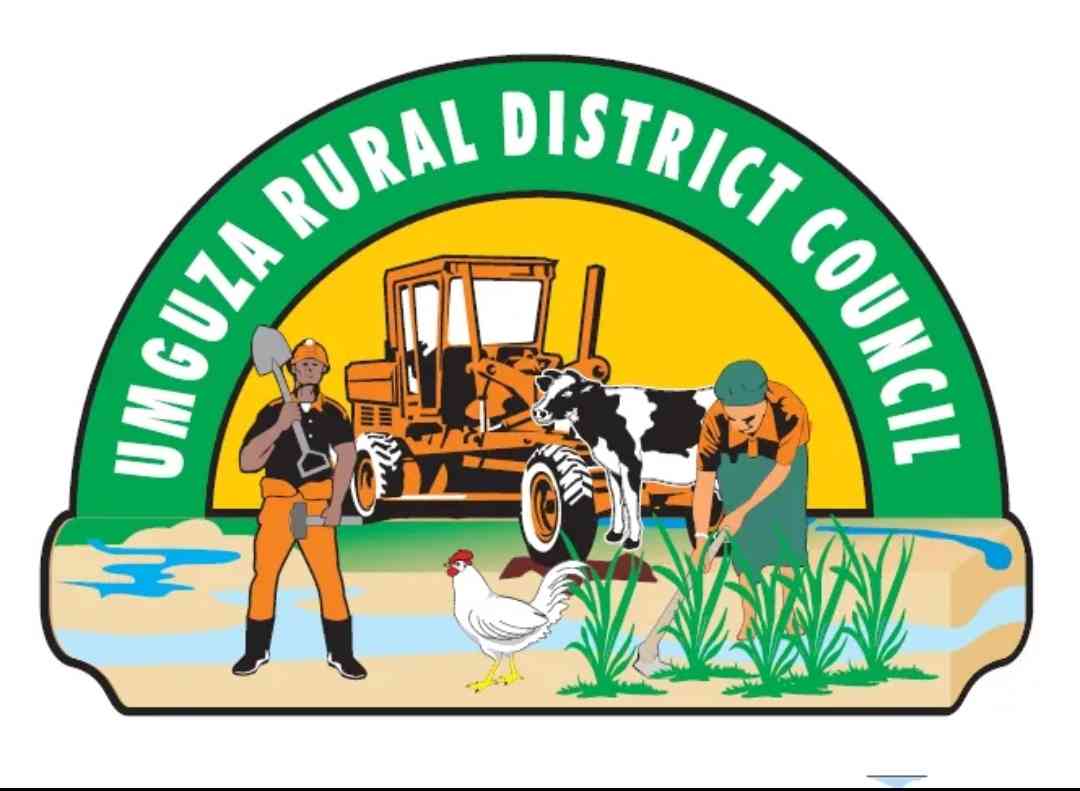
Umguza villagers in Matabeleland North are forced to travel several kilometres to seek medical assistance at often poorly equipped health facilities, the local authority has said.
The district is currently working on its master plan after the government instructed local authorities to produce the plans by end of this month and the shortage of health facilities has taken centre stage.
Shingai Kawadza, the Umguza lead planner, told a meeting to discuss the master plan in Bulawayo that the district was facing a serious shortage of health care facilities.
“We have a total of 13 clinics that service a population that is fast growing,” Kawadza said.
“The population size in 2012 was sitting at 87 518 and in 2022 during the census programme in the district it was revealed that it was now sitting at 113 265.
“So, we are talking about a district that has many people migrating into it, therefore, population growth does not match the poorly constructed clinics found in Umguza district.”
Kawadza said the clinics were located far away from the villagers.
“A person is expected to walk at least five kilometres to a local clinic, but in Umguza district they are forced to walk 25km to 30km just to have access to a local clinic,” he said.
- Umguza hit by lack of health facilities
Keep Reading
“Another thing is the issue of poor road network in Umguza. There is no transportation in and around the residential areas due to that poor road network challenge.
“Therefore, people are forced to walk long distances to gain access to the local clinics.”
Kawadza said it was not a bad thing that people were migrating to the district for better and cheaper land benefits, but there was a need for increased health care facilities as the population was fast growing.
“There has been a population increase of about 25 000 people in Umguza and there is a reason why the people are moving to Umguza,” he said.
“Bulawayo people are buying land and migrating to Umguza for plots so that they can embark on agricultural projects for survival.
“Therefore, this master plan is going to come up with binding proposals once it becomes a policy document and we are forced to implement what is on the master plan.
He added: “So, if a master plan says no settlement before basic services, we have to comply with that. The master plan and also the population increase shows that development is expanding from Bulawayo in a technical way, hence the need for more healthcare facilities and local clinics.”
Kawadza also highlighted the inadequate resources for residents as most of the water from Nyamandlovu aquifer was channeled into Bulawayo.
He said there was need for the residents to benefit from that water as a district for health and hygiene purposes. Kawadza said according to the District Development Fund there were 453 boreholes in Umguza district with 352 functional while 101 are not working.






